Read next
The latest news, updates and expert views for ambitious, high-achieving and purpose-driven homeowners and property entrepreneurs.

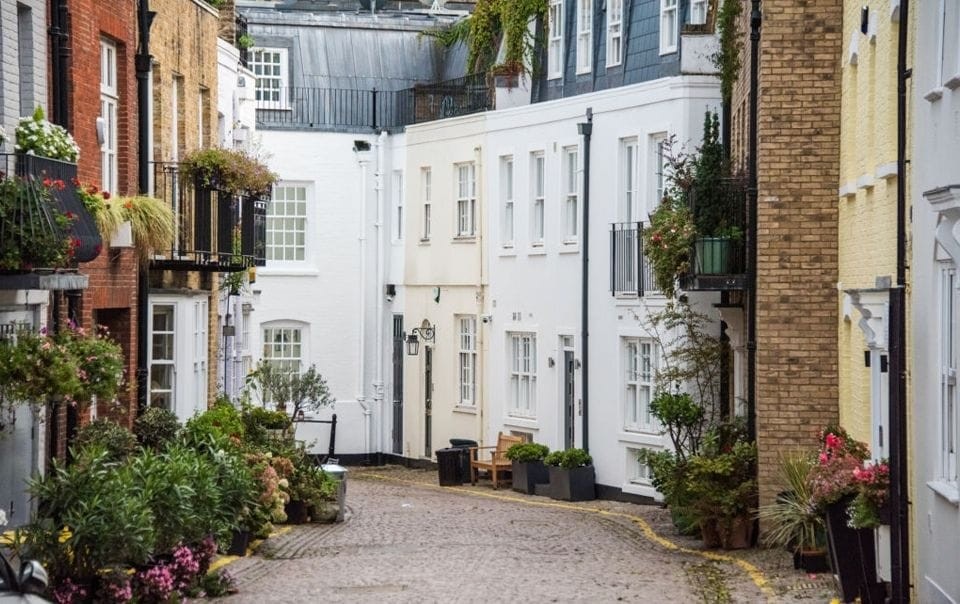
From stables and servants quarters hidden out of sight to an embodiment of swinging London in the 1960s and now the definition of discreet luxury, the history of London’s mews houses has been an eventful one.
Here we talk about the pluses and minuses of owning one, and share our tips for achieving a stunning mews house renovation.
(Quick note: this article is about original mews houses, rather than 20th and 21st-century homes designed in the mews style. But the hints included here could still be helpful if you own one of those homes).
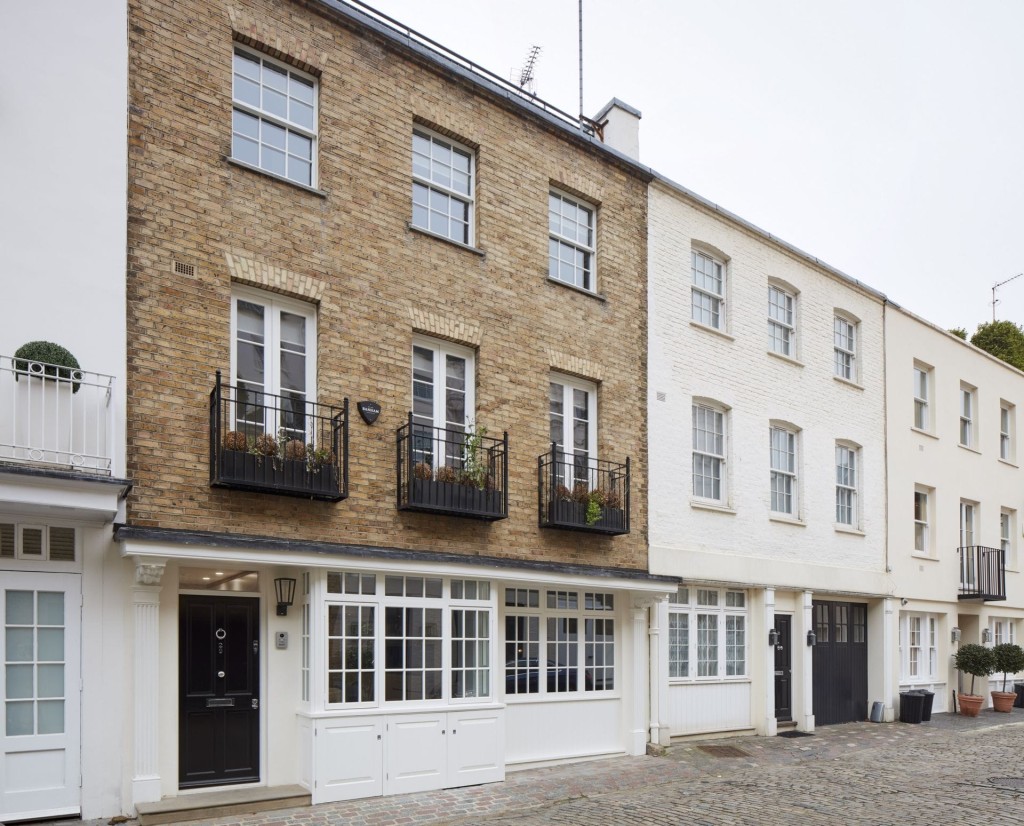
To understand what a mews house is, we must first define what “mews” are. Mews are rows or courtyards of stables and carriage houses that were built with living quarters above them.
They are typically found tucked away behind large mansions in once exclusive, high-end areas in the city. Mews houses today offer many benefits given the privacy their placement provides, and create a small-town atmosphere and community in the middle of frantic urban areas.
Mews houses were mostly built in the 18th and 19th centuries. Their origin stems from a need to stable horses for carriages, which were the primary form of transportation at the time. As London expanded and the population grew, the need to house not only horses but also trainers, servants and other workers became a necessity.
This need was solved by the creation of mews. Mews are rows of small buildings with their own driveway, positioned discreetly behind the grand and luxurious homes and mansions of the wealthy population.
Their private driveways served as service roads, and were strategically placed to remain out of the public eye. This created a sense of separation, while still keeping everything conveniently at hand for the grand houses.
The traditional mews design consisted of a stable and a housing unit. The stables would house the horses, and the people who worked with the horses would live in the quarters above. The accommodation at the time was basic, to say the least, and clearly designed to segregate the wealthy from their servants.
Mews houses typically faced in the opposite direction of the mansion, and were built without windows facing in that direction to prevent servants from spying on their wealthy counterparts.
In the 20th century, mews houses were no longer a necessity. With the shortage of servants of the time and the development of motor vehicles, they became obsolete.
Mews houses were sold, and began being used for other purposes like vehicle and taxi garages, and print shops. Their reputation suffered as they became known as undesirable places, and were used as the backdrop for illegal activities in films and TV shows at the time.
However, this was changing by the late 1950s. Racing car drivers discovered that mews houses could be purchased for very low rates, and would give them the opportunity to house their racing cars while living directly above them. This kick-started a public realisation of the benefits mews houses could have.
Mews houses were very much in the news in the early 1960s as the homes of several of the key players in the Profumo scandal that rocked the British establishment. And in the mid-1960s, British TV’s most stylish gentleman intelligence operative, John Steed in The Avengers, lived in a mews house. If it was smart enough for Steed to park his vintage Bentley, the mews had definitely come up in the world.
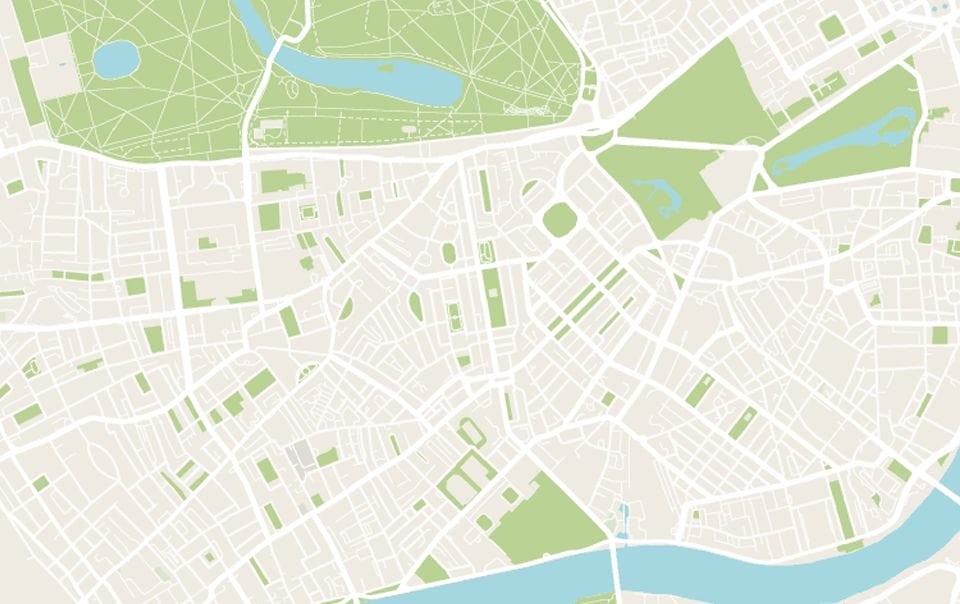
Mews houses can be found throughout central London and scattered through other parts of town. Though they may not be immediately apparent when strolling through the city, they are hidden gems that can be found if you look past the main streets and into the more secluded areas of the capital.
Many of them can be found in the borough of Kensington and Chelsea and the City of Westminster. Neighbourhoods where you are likely to run across a group of mews include Mayfair, Belgravia and Marylebone.
Kensington is home to a high concentration of mews, something that has long contributed to it being a sought-after place to live. In South Kensington is Cranley Mews, one of the longest rows of mews houses in the city.
Holland Park Mews is a colourful street of mews houses, and has been used in popular culture TV shows recently, including The Crown on Netflix. Similarly, Notting Hill’s mews served as the backdrop in the movie Love Actually in 2003.
By exploring the city, you can find more and more mews houses hidden behind some of the busiest streets in town.
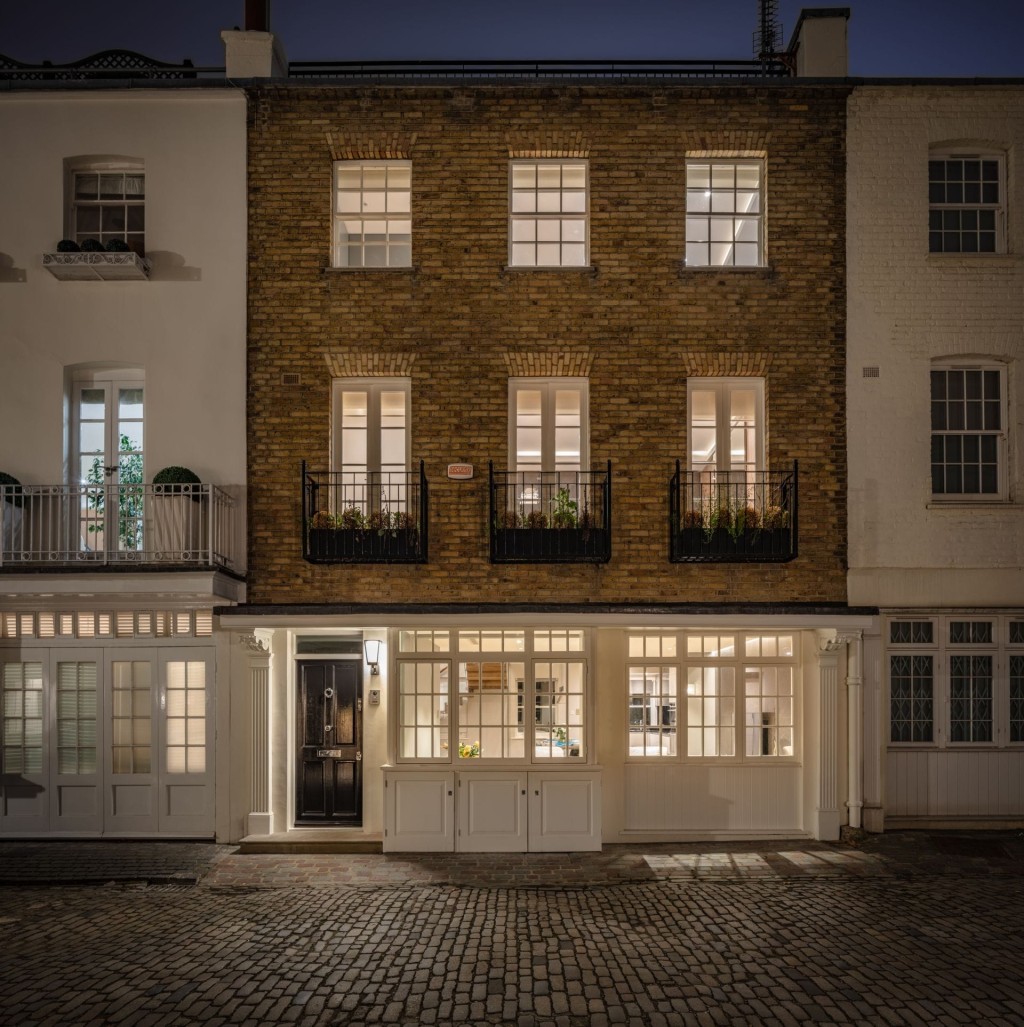
The design of mews houses is unique given their history and originally intended use. They are much smaller in scale when compared to newer construction from the 20th and 21st centuries, when the focus was more on comfort than just fulfilling basic needs.
One of the most charming qualities of mews houses is the environment which they create. Since they are row houses, and closely tied together to the neighbouring properties, the streets they are on often feel more like secluded interior courtyards, creating a sense of a tight-knit community, and a place of gathering.
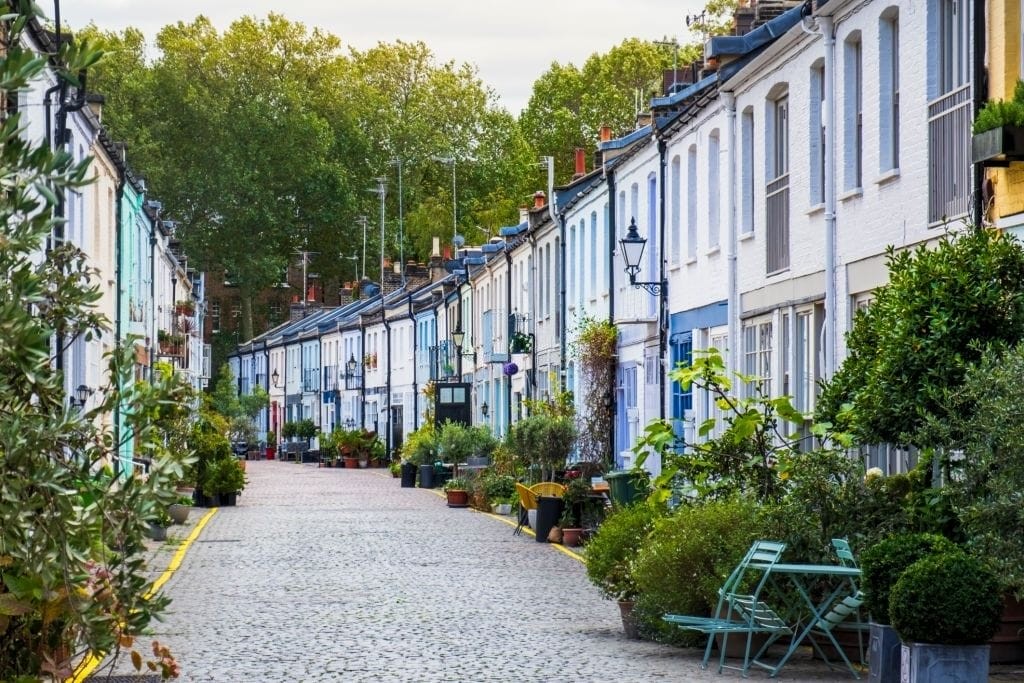
What some call advantages, others call disadvantages, and vice versa.
So, when analysing what the pros and cons are of living in mews houses, it’s important to factor in your personal take on things to determine whether it suits your lifestyle, and what you’re looking for out of your home.
Here, we’ll dive into what we consider some of the best benefits of mews houses:
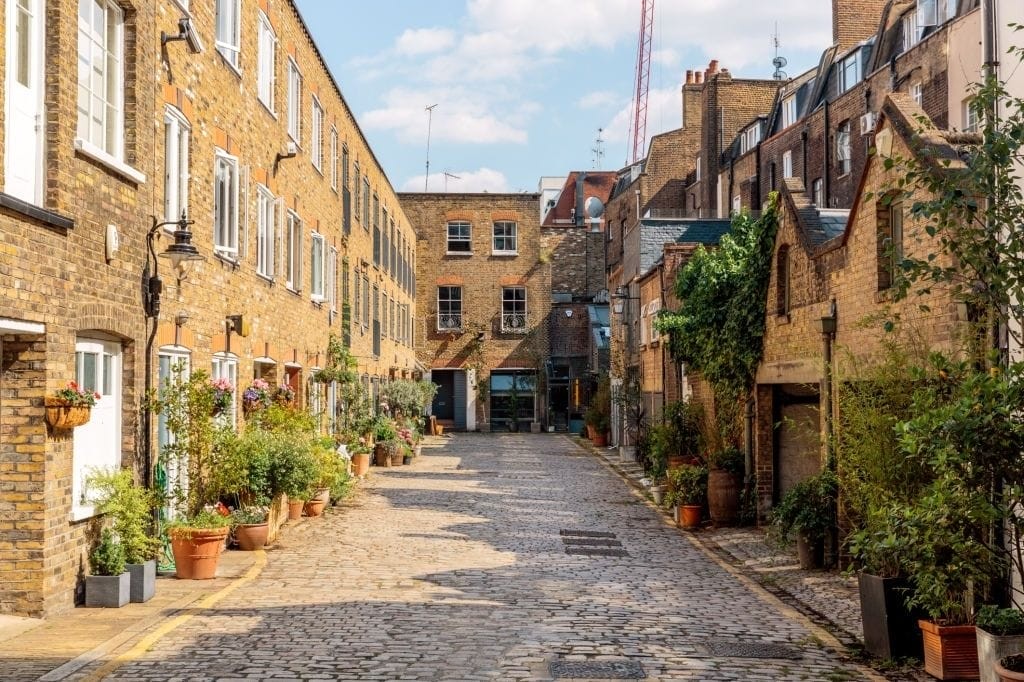
All great things come with their own set of disadvantages, and mews houses are no exception.
While we’re calling these the downsides, they may not be the case for everybody. Depending on your preferences, you may find that these are things you wouldn’t mind living with.
Renting out a mews house can be a worthwhile investment for homeowners. Because demand is higher than supply, homeowners can offer higher rent prices for the mews houses they own, which can be a profitable business.
With their ever-increasing popularity, there is no shortage of people looking to rent these properties regularly. If you’re able to buy a property at a great price, renting it out may be a good option to pay off the property, and enjoy the income for years to come.
The typical residents of mews houses range from small families to young professionals who would benefit from living in the city.
Mews houses are sold as freehold properties. This means that when you purchase the home, you can enjoy exclusive rights to indefinite ownership of the home. However, as we said, they are often on private estates and therefore subject to service charges and restrictions on what you can do with your property.
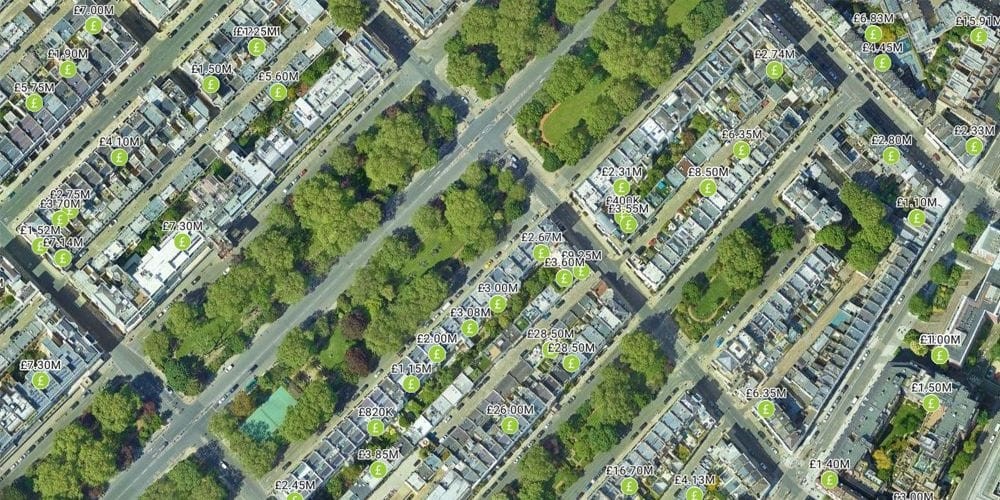
Renovation efforts have created a high demand for mews houses in London over the last few decades. This has led to an increase in prices that are ever-changing.
Today, homebuyers looking to purchase a mews house should be prepared to spend anywhere between £500,000 to £1m in London. In the most sought-after locations, prices can range anywhere from £2m to £10m. With these prices in consideration, the cost per square footage can get up to £8,000 per square foot.
The average house price in London in June 2021 is just over the £500,000 mark, making mews houses some of the most expensive options to choose from in the city.

There are some practical considerations you should think about before you get going on your renovation. If you are making any external changes - which could include things like adding air-conditioning units - you will probably need planning permission, and many mews houses are in conservation areas.
And if your mews house is part of a private estate such as the Grosvenor, Cadogan, Howard de Walden, Portman or Bedford, you may need a licence to alter. Check your covenant to see what you are allowed to do.
And along with permission to make changes to the outside of the building, you’ll need to take into account the disruption your works might cause. By definition, mews are narrow, and so the presence of a skip could be extremely inconvenient for your neighbours in a way that wouldn’t happen elsewhere. Any plans to make major structural changes might also need a Party Wall agreement.
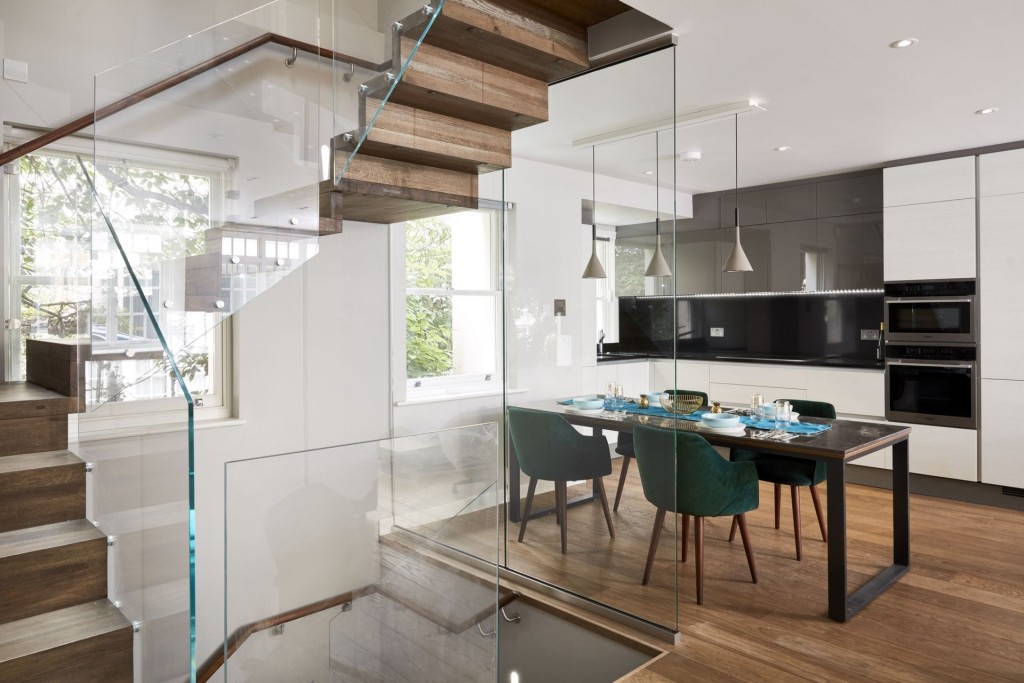
One of the big challenges of many mews houses is having either limited rear windows or no rear windows at all. If this is the case, you need to first think about whether there are any other ways to add natural daylight and then, how best to arrange your rooms to make the most of this precious resource.
One opportunity can be the ground floor - many mews houses still reflect their history by having garage doors on the ground floor. If that’s the case for your house, and you don’t need the garage, then you might be able to add ground-floor windows.
Ideally, you would also get some of that light coming up through the house or down into the basement, although with limited floorspace, that could be tricky. One way this can be done is using some glass flooring, although some people can find this unnerving...
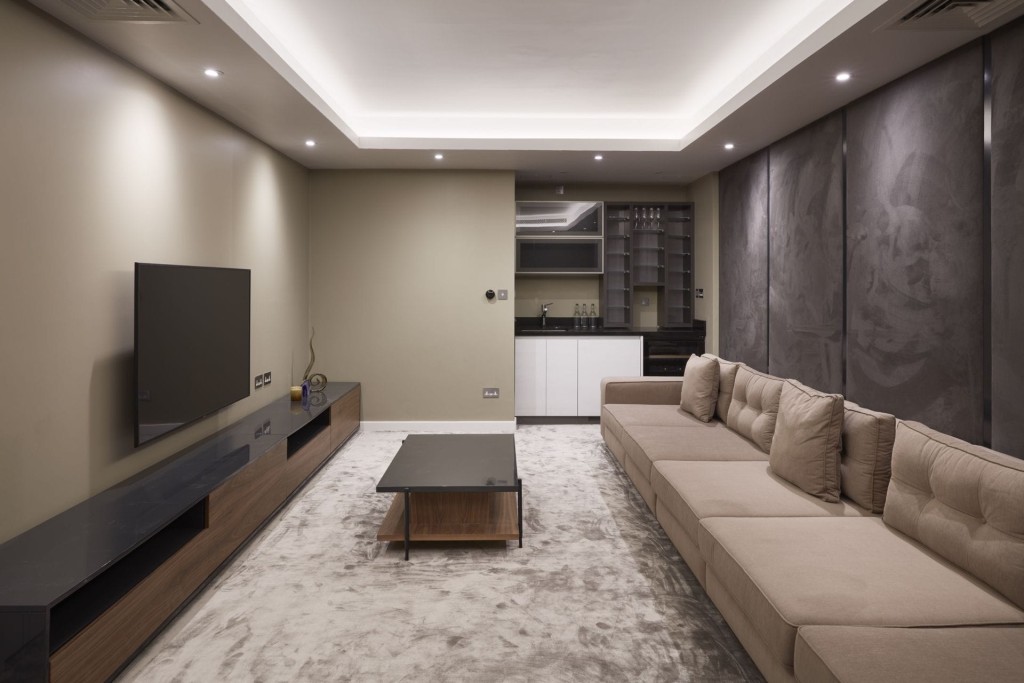
If there isn’t a basement at the moment, you might be able to add one, potentially increasing the space in your home by up to 33%. However, building a basement in central London is not easy, both from the point of view of getting consent to do it and in practical terms, especially with houses that are tightly packed together.
We would advise being ultra-cautious when considering excavating a basement. Get the help of the best structural engineers you can find, plus use builders with a long history of successful basement projects, and even then double and triple-check that they have all the insurance cover necessary. It goes without saying you need to make sure you have every possible permission from the council and estate before you get started.
We can’t stress this enough: never, ever attempt to cut costs or get a bargain when it comes to constructing a basement. If you can’t afford to have it done to the highest standards, it’s better not to do it at all.
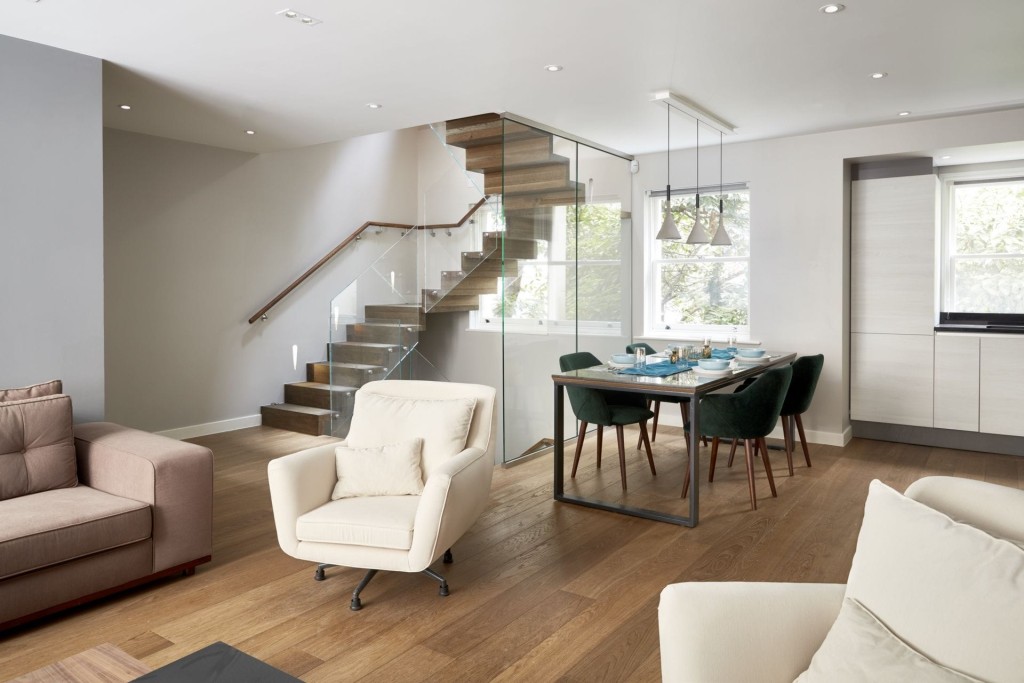
Mews houses have come a long way since their humble beginnings. What has increased their value through recent years is the efforts of architects and interior designers to bring them up to modern standards, and elevate the experience of living in one of these historic homes.
Urbanist Architecture took one of the many mews houses located in Belgravia, and increased the property’s value by over 68%.
We accomplished this by taking advantage of its ample square footage (in comparison to other mews houses) and developed an intelligent spatial plan strategy coupled with luxurious architectural design and interior design strategies to make the best use of every square foot. The client wanted to maintain the original front door and the facades of the mews home, but we redesigned absolutely everything else to elevate the quality of life of residents.
Of the many successful changes we made with our interior design and architectural services, the most impactful one was the integration of modern features and controls.
We brought in LED lighting, underfloor heating, privacy blinds, and soundproofing. The result was a luxurious space that exudes elegance, efficiency, and most importantly, still highlights the historic aspects of a mews house.
To learn more about this renovation and our architectural design and interior design services for mews houses, visit the case study page of our mews house luxury renovation at 29 Eaton Mews South and see the photos of the results.
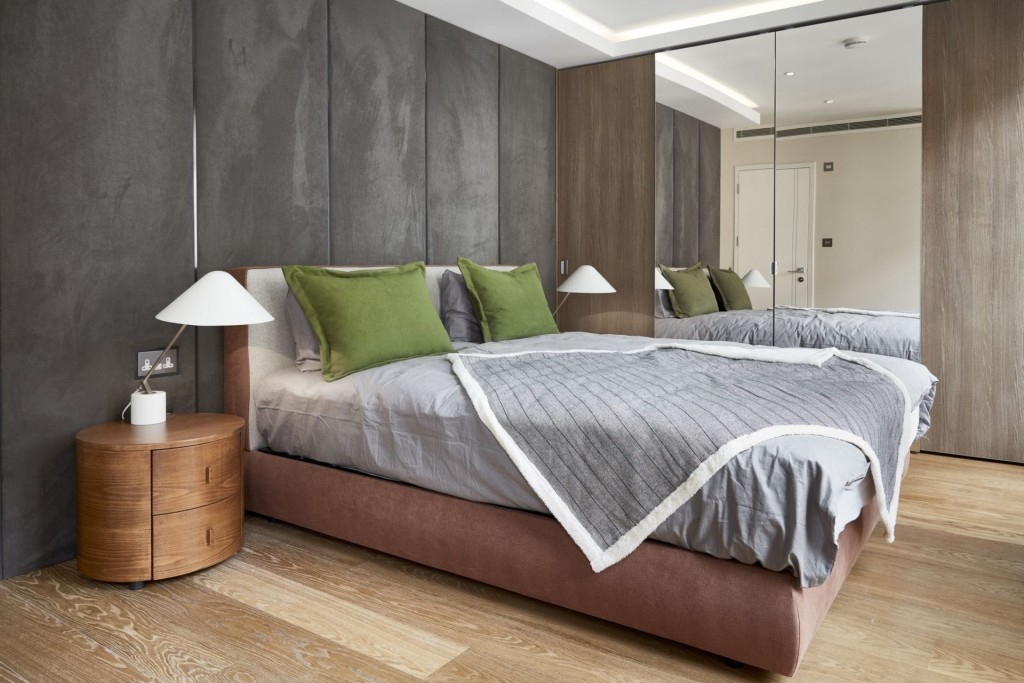
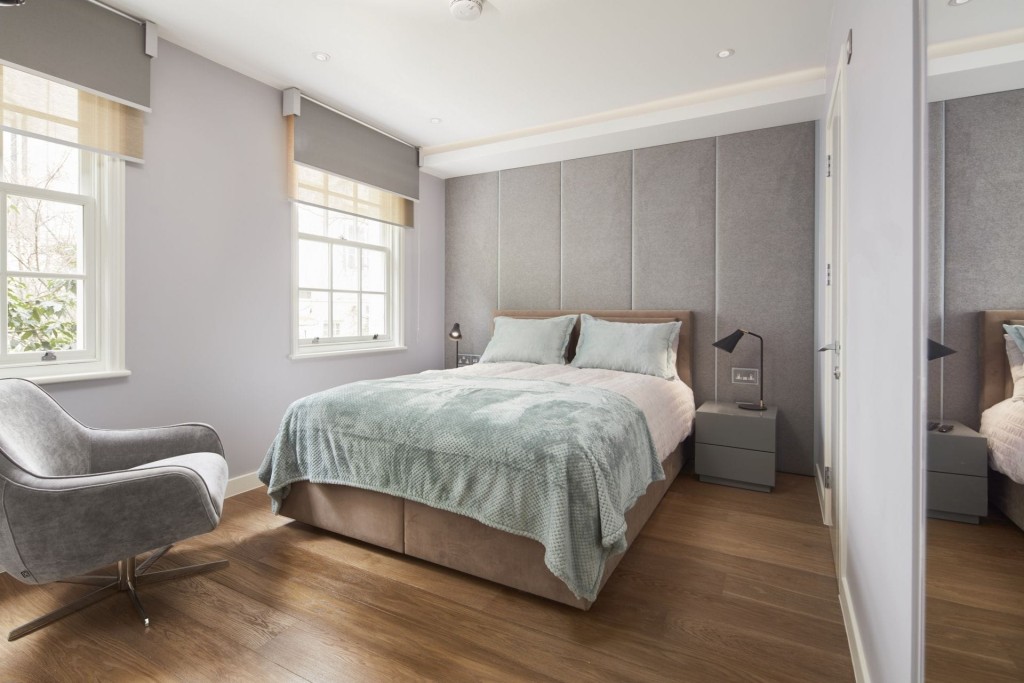
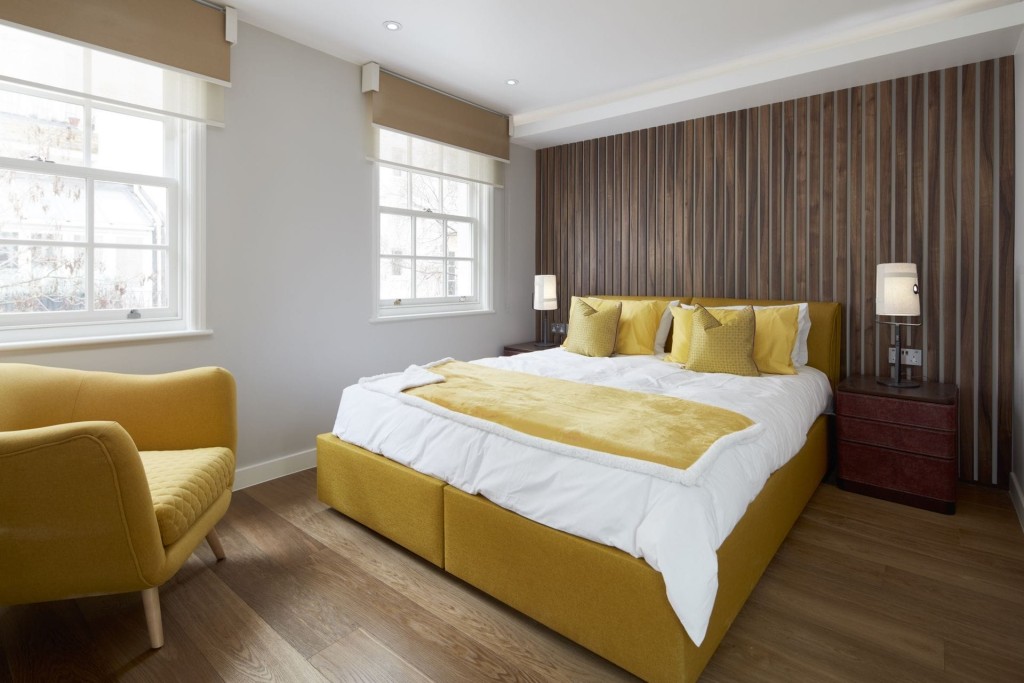
We recommend allowing between £2,000 and £3,000 per square metre for extensive mews house renovations including substantial changes to layouts, significant structural works, re-plumbing, re-wiring and full redecoration. And for basements, factor in £5,000 per sqm.
For areas of less internal renovation not requiring significant layout changes or substantial structural works, but requiring full redecoration, re-plumbing and rewiring, we recommend allowing between £1,500 and £2,500 as an estimated cost per square metre.
If areas only need minor renovation such as re-plastering, and painting, installing new floor finishes and minor electrical and plumbing modifications, we recommend that you allow £1,000 and £2,000 per square metre to refurbish your mews house.
Because the likely construction methods, corresponding structural approaches and desired levels of fixtures, fittings and material finishes will all have an impact on the build cost, always ensure you discuss your budget considerations with architects and interior designers specialising in mews houses at the earlier stages of your refurbishment project.
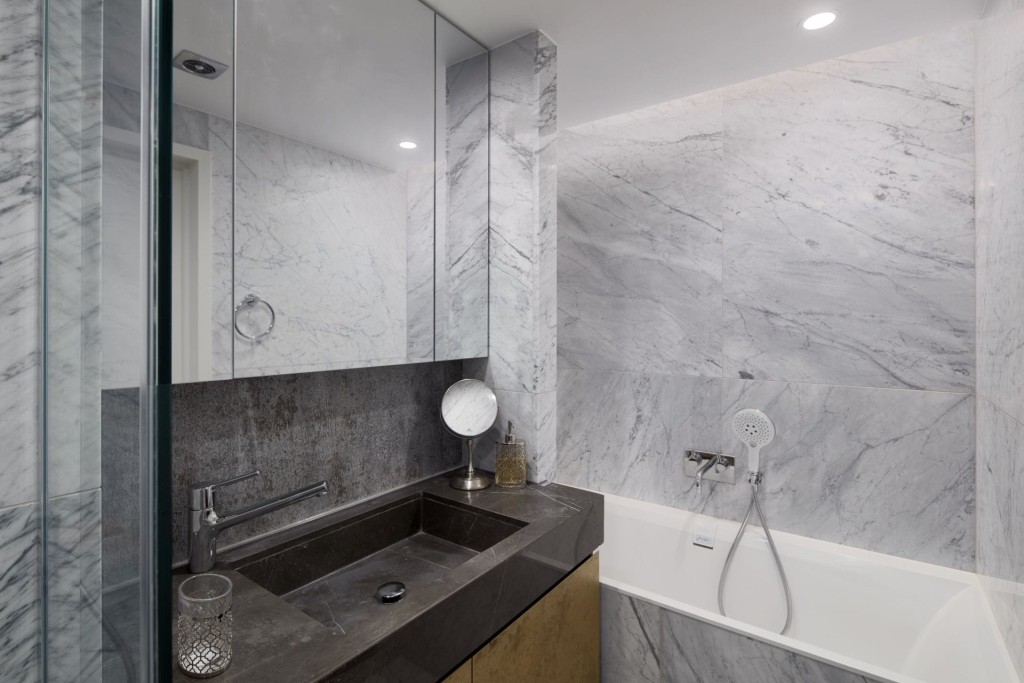
Urbanist Architecture is a London-based RIBA chartered architecture and planning practice with offices in Greenwich and Belgravia. With a dedicated focus in proven design and planning strategies, and expertise in residential extensions, conversions and new build homes, we help homeowners to create somewhere they enjoy living in and landowners and developers achieve ROI-focused results.
If you would like us to help you make the most of your gorgeous London mews house, please don’t hesitate to get in touch.

Urbanist Architecture’s founder and managing director, Ufuk Bahar BA(Hons), MA, takes personal charge of our larger projects, focusing particularly on Green Belt developments, new-build flats and housing, and high-end full refurbishments.
We look forward to learning how we can help you. Simply fill in the form below and someone on our team will respond to you at the earliest opportunity.
The latest news, updates and expert views for ambitious, high-achieving and purpose-driven homeowners and property entrepreneurs.
The latest news, updates and expert views for ambitious, high-achieving and purpose-driven homeowners and property entrepreneurs.
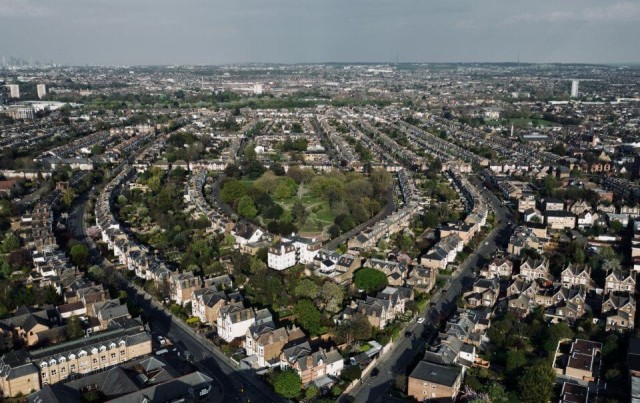
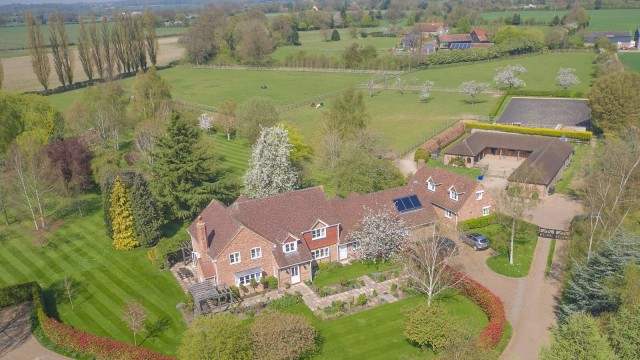
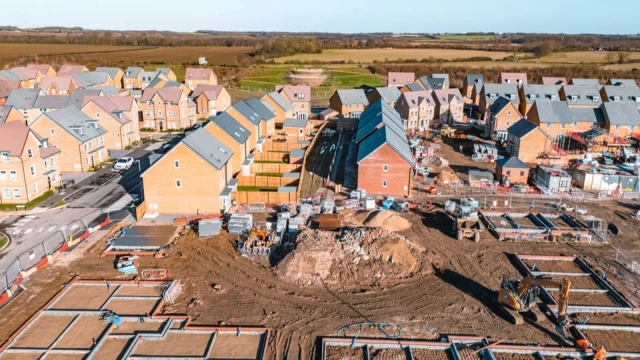
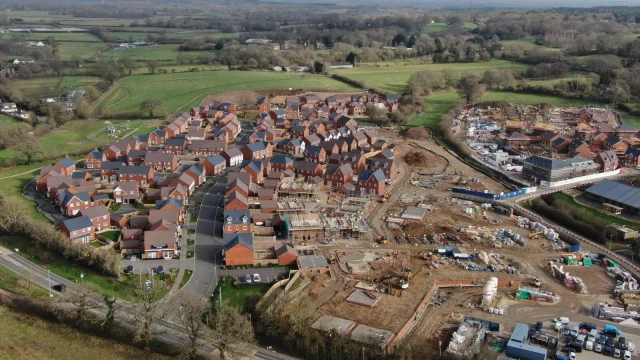
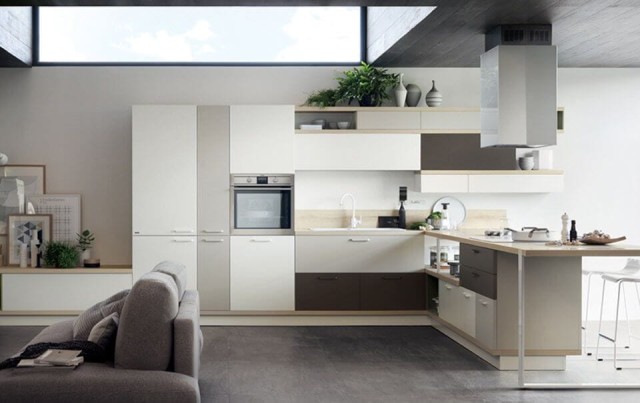
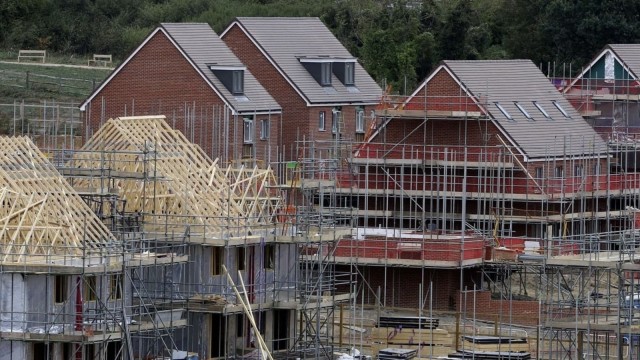
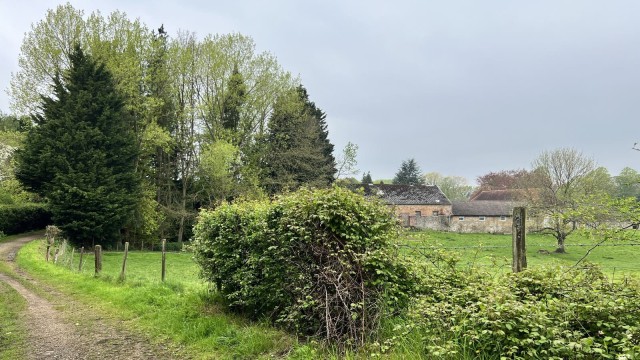



We specialise in crafting creative design and planning strategies to unlock the hidden potential of developments, secure planning permission and deliver imaginative projects on tricky sites
Write us a message